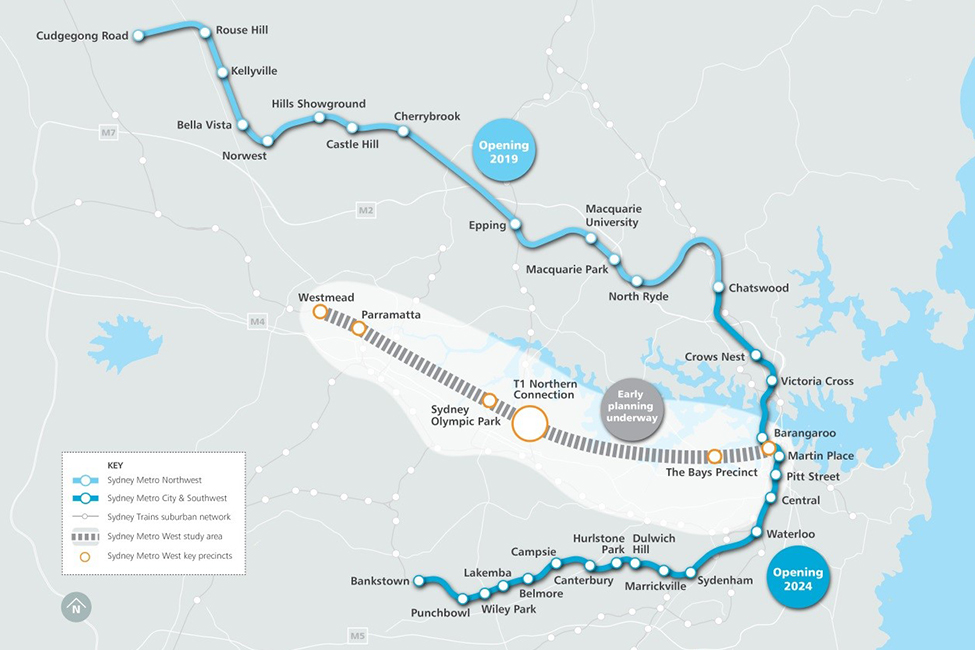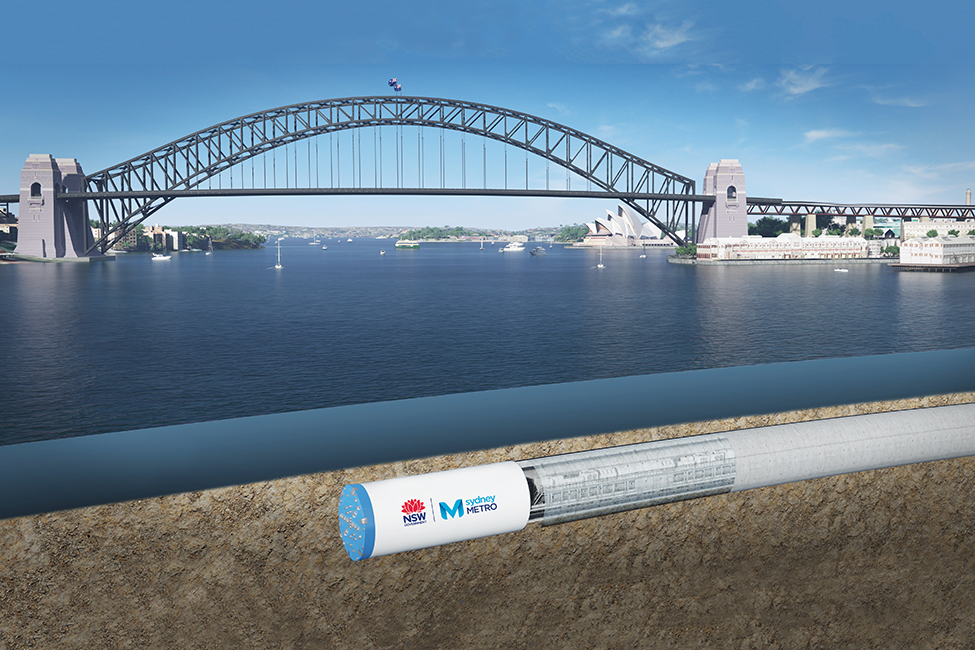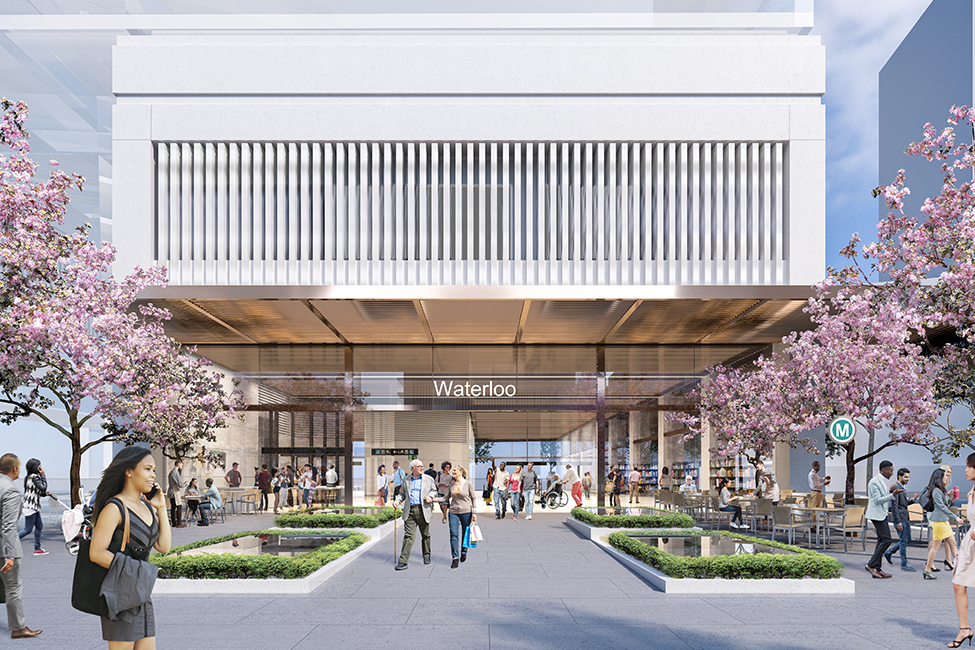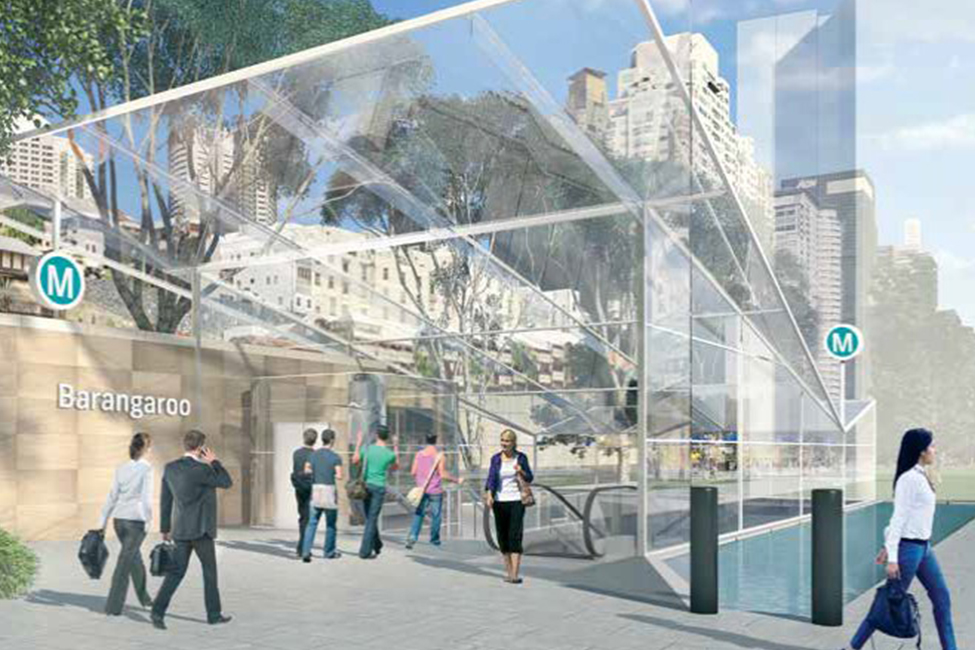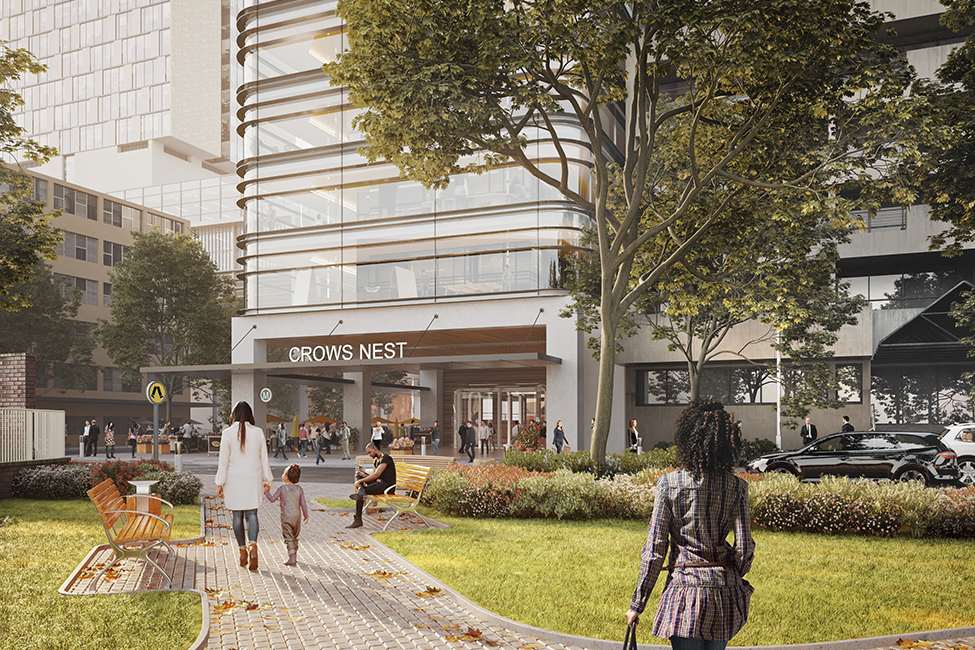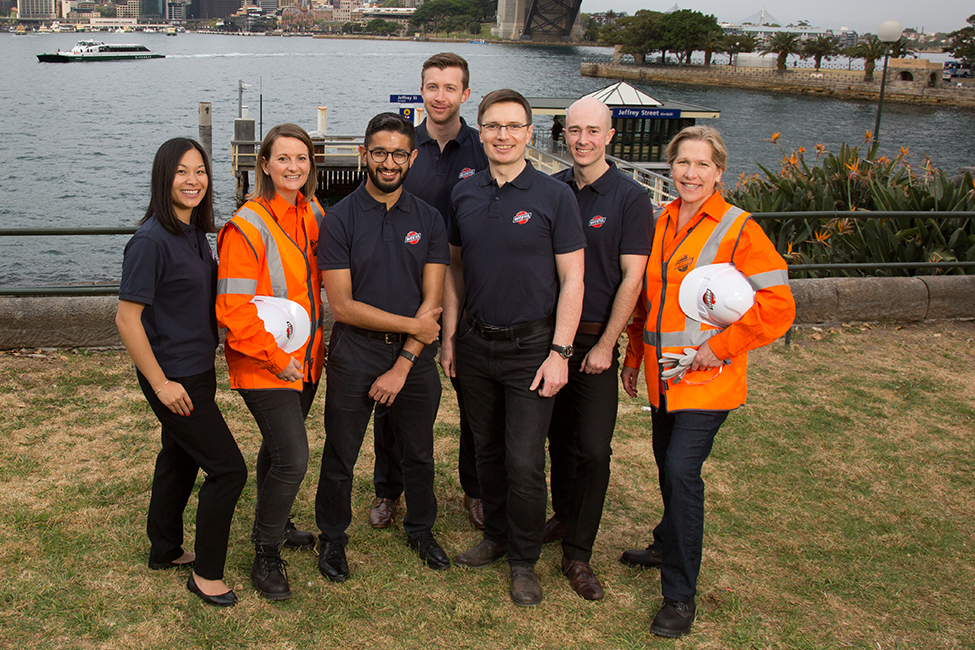In 2024, this new, stand-alone railway will have 31 new metro stations and 66km of metro rail. The fully-automatic metro trains will begin service in 2019.
There are currently three parts to Sydney Metro:
- Sydney Metro Northwest (Tallawong to Chatswood), due to open in 2019, with a train every four minutes in the peak;
- Sydney Metro City & Southwest (Chatswood to Bankstown), work started in 2017; and
- The recently announced Sydney Metro West (Sydney CBD to Parramatta), which is still in early planning and development.
Key facts
- 15.5km twin metro railway tunnels
- 5 Tunnel Boring Machines (TBMs)
- 6 new station boxes
- Sydney Metro has the ultimate capacity to run a train every two minutes in each direction under the Sydney CBD
- 99 000 pre-cast tunnel segments built on site at Marrickville
Transport for NSW selected Bechtel as its Delivery Management Partner (DMP) for the Tunnel and Station Excavation (TSE) Works Package, part of the Sydney Metro City & Southwest (CSW) project. Bechtel works as part of an integrated team to support the customer in contracts, commercial management and project controls, engineering management, construction management, health and safety management, environment and sustainability management, project communications, and quality.


